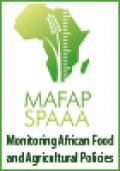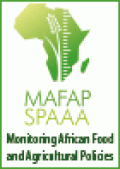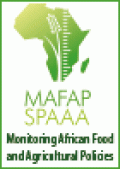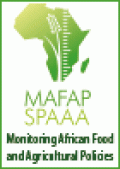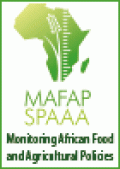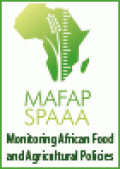Publications
Publication series
Latest publications
Policy brief, 2013
Regulated cotton prices in Burkina Faso have led to higher domestic prices and incentives to production. Although fixed prices, which are indexed to international cotton prices, ensure minimum prices to producers, the sustainability of this...
Available in:English
Policy brief, 2013
To make the URT’s rice sector more completive, MAFAP analysis suggests:
• promoting investments at the farm level to help increase yields and efficiency; and
• strengthening the rice value chain to increase its efficiency and...
Available in:English
Policy brief, 2013
Although coffee is the URT’s second most important agricultural export, coffee growers receive prices which are lower than those they could potentially obtain. Lower farmers’ prices mainly relate to a few companies’ dominance of the...
Available in:English
Policy brief, 2013
Public expenditure on agriculture and rural development in Burkina Faso has not adequately targeted the main factors which depress producers’ prices of most key commodities: few and inadequate rural roads, a lack of transport capacity...
Available in:English
Policy brief, 2013
Kenyan smallholder tea farmers generally received prices closer to those in international markets. This reflects the country’s
liberalized market structure for tea and the lack of distortions resulting from domestic policies. The close alignment
between domestic and...
Available in:English
Policy brief, 2013
Kenya´s cattle producers are currently hindered by the structure and functioning of the domestic market, recurring drought, the prevalence of disease and the inability to meet importing countries’ sanitary requirements. MAFAP analysis
suggests that unless these...
Available in:English
Policy brief, 2013
Although cotton is a major export crop in the URT, domestic cotton farmers received lower prices than what they could have potentially obtained between 2005 and 2010. MAFAP analysis suggests that the following measures would...
Available in:English
Policy brief, 2013
Because of inadequate incentives and low technology inputs, nearly 80 percent of all the wheat produced in Ethiopia is consumed on the farm. However, with improved policies and more investment in improving wheat production, Ethiopia...
Available in:English
Policy brief, 2013
Rice farmers in Mali receive prices that are lower than international reference prices. MAFAP analysis suggests that the following measures would improve production incentives for producers:
• ensuring that short-term policies aimed at keeping prices affordable...
Available in:English
Policy brief, 2013
Although the government supports cotton farmers by regulating prices, cotton producers in Mozambique receive prices that are lower than international reference prices. MAFAP analysis suggests that the following measures would improve prices for producers:
• fostering...
Available in:English







